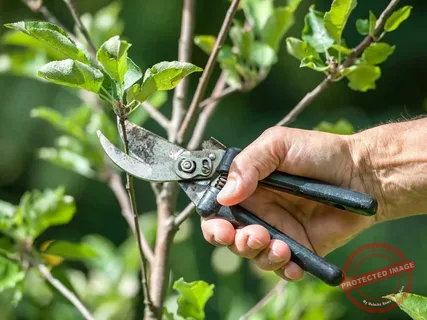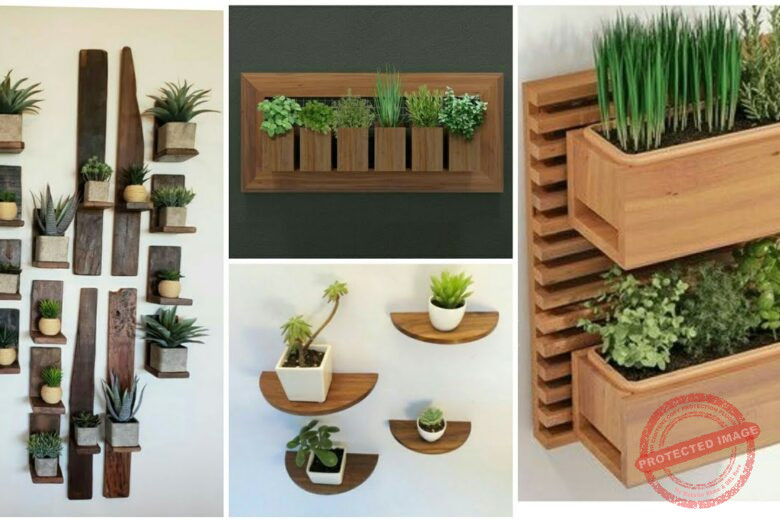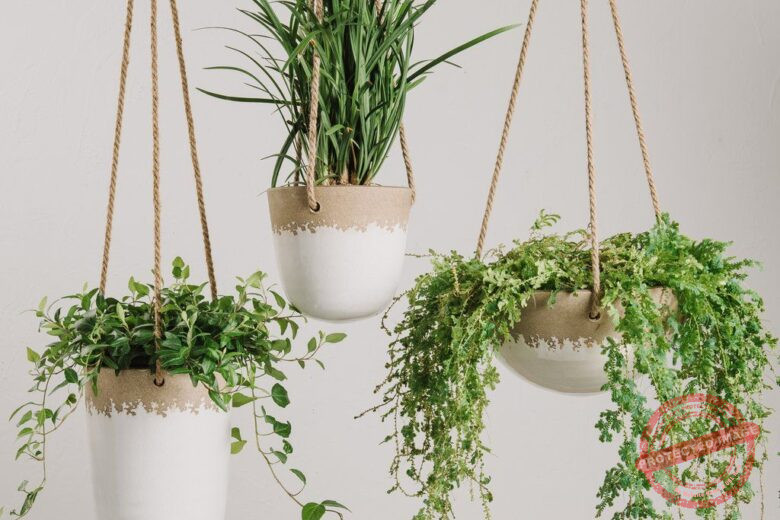Are you an avid gardener looking to grow delicious tomatoes in containers? Well, you’re in luck! Container gardening offers a convenient and flexible way to cultivate tomatoes, even if you have limited space.
Preparing the soil for tomatoes in pots involves a few key steps. First, choose a suitable container with drainage holes. Fill the pot with a well-draining potting mix, specifically formulated for container gardening. Add organic matter like compost to enrich the soil. Mix in perlite or vermiculite to improve drainage. Ensure the soil is moist but not waterlogged before planting the tomato seedlings.
However, to ensure optimal growth and a bountiful harvest, choosing the right soil mixture is crucial. In this article, we will guide you through the process of creating the best soil mixture for growing tomatoes in containers, allowing you to enjoy juicy and flavorful tomatoes right at your fingertips.
Best Soil Mixture for Growing Tomatoes in Containers
Container gardening has gained immense popularity in recent years, offering numerous advantages to gardening enthusiasts. Growing tomatoes in containers provides the flexibility to cultivate them in small spaces like balconies, patios, or even indoors. It allows for better control over soil conditions, pest management, and overall plant health. Additionally, container gardening simplifies maintenance tasks such as watering, pruning, and harvesting.
Before diving into the specifics of the soil mixture, it’s crucial to understand the basic requirements of tomato plants. Tomatoes thrive in well-draining soil that is rich in organic matter. They require ample sunlight, ideally around 6 to 8 hours per day. Proper watering, adequate spacing, and the right balance of nutrients are vital for healthy tomato plants.
Components of an Ideal Soil Mixture
To create the best soil mixture for growing tomatoes in containers, you’ll need to combine various components that provide the necessary characteristics. A well-balanced soil mixture should consist of:
Garden Soil:
High-quality garden soil forms the base of the mixture, providing essential nutrients and a stable structure for root development.
Compost:
Adding compost enriches the soil with organic matter, improving its water-holding capacity and nutrient content. It also enhances soil texture and promotes beneficial microbial activity.
Perlite or Vermiculite:
These materials enhance drainage and aeration in the soil mixture, preventing waterlogging and ensuring sufficient oxygen supply to the roots.
Coconut Coir:
Coconut coir helps retain moisture in the soil while maintaining proper drainage. It also adds fibrous structure, improving overall soil texture.
Epsom Salt:
Epsom salt is a valuable source of magnesium, which is essential for chlorophyll production and overall plant growth. It can be added sparingly to the soil mixture to boost tomato plant health.
Step-by-Step Guide to Creating the Best Soil Mixture
Now that we understand the key components, let’s dive into creating the best soil mixture for growing tomatoes in containers:
- Start with a large container, preferably at least 15 inches deep and wide, to allow for ample root growth.
- Fill one-third of the container with high-quality garden soil, serving as the foundation for your soil mixture.
- Add one-third of compost, which will enrich the soil with organic matter and beneficial nutrients.
- Mix in one-sixth of perlite or vermiculite to improve drainage and aeration in the soil.
- Incorporate one-sixth of coconut coir, which will help retain moisture without causing waterlogging.
- Optionally, add a small amount of Epsom salt to the mixture, ensuring a balanced supply of magnesium.
- Thoroughly blend all the components together, ensuring a uniform mixture.
Importance of Proper Drainage
Good drainage is essential for container-grown tomatoes to prevent waterlogged soil, which can lead to root rot and other diseases. Ensure that your container has adequate drainage holes at the bottom and consider adding a layer of gravel or small stones before adding the soil mixture. This layer will facilitate water flow and prevent the roots from sitting in stagnant water.
Fertilization and Nutrient Requirements
Tomatoes are heavy feeders and require regular fertilization throughout their growth cycle. Choose a balanced organic fertilizer and follow the recommended dosage instructions. Additionally, consider incorporating slow-release fertilizers into the soil mixture during planting to provide a steady supply of nutrients over time.
Maintaining Moisture Levels
Consistent moisture is crucial for tomato plants, as both overwatering and underwatering can negatively impact their growth. Monitor the moisture levels in the soil regularly and water the plants when the top inch of soil feels dry. Mulching around the plants can help retain moisture and reduce water evaporation.
Pest and Disease Prevention
Container gardening minimizes the risk of certain pests and diseases, but vigilance is still necessary. Keep an eye out for common tomato pests like aphids, caterpillars, and whiteflies. Consider using organic pest control methods such as neem oil or introducing beneficial insects like ladybugs. Proper spacing between plants, adequate ventilation, and regular inspection will help prevent the spread of diseases.
Staking and Supporting Tomato Plants
As tomato plants grow, they tend to become top-heavy and require support to prevent them from sprawling on the ground. Install stakes or tomato cages at the time of planting to provide structural support and guide the upward growth of the plants. This practice ensures proper air circulation, reduces the risk of diseases, and makes harvesting easier.
Harvesting and Enjoying Your Homegrown Tomatoes
The joy of container gardening lies in harvesting and savoring the fruits of your labor. Tomatoes are typically ready for harvest when they reach their full color, depending on the variety. Gently twist or use pruning shears to detach ripe tomatoes from the vine. Enjoy the fresh, vibrant flavors of your homegrown tomatoes in salads, sandwiches, sauces, and more!
Can I use regular garden soil for growing tomatoes in containers?
While regular garden soil can be used as a base, it’s recommended to enhance it with compost, perlite or vermiculite, coconut coir, and other organic amendments for optimal growth.
How often should I fertilize my container-grown tomatoes?
Fertilize your container-grown tomatoes every two to three weeks using a balanced organic fertilizer. Adjust the frequency and dosage based on the specific fertilizer’s instructions.
What are some common pests that affect tomato plants in containers?
Common pests that can affect tomato plants in containers include aphids, caterpillars, whiteflies, and spider mites. Regular inspection and implementing organic pest control methods can help manage these pests.
How long does it take for tomatoes to ripen after flowering?
The time it takes for tomatoes to ripen after flowering varies depending on the tomato variety. On average, it can take anywhere from 50 to 80 days for tomatoes to ripen fully.
Can I reuse the soil mixture for growing tomatoes in containers next year?
While it’s possible to reuse the soil mixture, it’s recommended to refresh it by adding new compost and organic amendments to replenish the nutrient content and ensure optimal plant growth.
How to Make the Best Soil for Tomatoes:
To create the best soil for tomatoes, start with a base of high-quality garden soil. Add organic matter such as compost to enhance nutrient content and improve soil structure. Incorporate perlite or vermiculite for proper drainage and aeration.
Consider adding coconut coir to retain moisture. Balance the soil pH with lime or sulfur if needed. Lastly, enrich the soil with a balanced organic fertilizer to provide essential nutrients.
Best Homemade Potting Mix for Tomatoes:
Creating a homemade potting mix for tomatoes requires a blend of different components. Combine equal parts of garden soil, compost, and peat moss or coconut coir. Add perlite or vermiculite for drainage and aeration.
Consider including organic fertilizers, such as composted manure or bone meal, to provide additional nutrients. Thoroughly mix the ingredients to create a well-balanced potting mix for your tomatoes.
Best Soil Mix for Tomatoes in Raised Beds:
For tomatoes in raised beds, start by filling the beds with a mixture of garden soil, compost, and aged manure. This combination provides a nutrient-rich environment for tomato plants. Incorporate perlite or vermiculite for improved drainage. Ensure the soil is loose and well-amended. Consider adding organic fertilizers throughout the growing season to sustain plant growth and productivity.
Best Soil for Tomatoes in Grow Bags:
When growing tomatoes in grow bags, it’s important to choose a well-draining and nutrient-rich soil mixture. A suitable mix consists of equal parts of garden soil, compost, and coconut coir. Add perlite or vermiculite for optimal drainage and aeration. This type of soil allows for sufficient root development and moisture retention while preventing waterlogged conditions.
Best Soil for Tomatoes and Peppers:
Tomatoes and peppers have similar soil requirements. An ideal soil mixture for these plants consists of well-draining garden soil, compost, and aged manure. Incorporate perlite or vermiculite for improved drainage.
Also, consider adding organic fertilizers rich in potassium and phosphorus to support fruit development. Maintaining proper moisture levels and ensuring a well-balanced soil pH are also crucial for successful growth of tomatoes and peppers.
Conclusion
Growing tomatoes in containers is a rewarding endeavor that allows you to enjoy fresh and flavorful tomatoes even in limited spaces. By creating the best soil mixture and following essential gardening practices, you can ensure the successful growth of your tomato plants. Experiment with different tomato varieties and explore the wonders of container gardening for a fulfilling and delicious experience.



